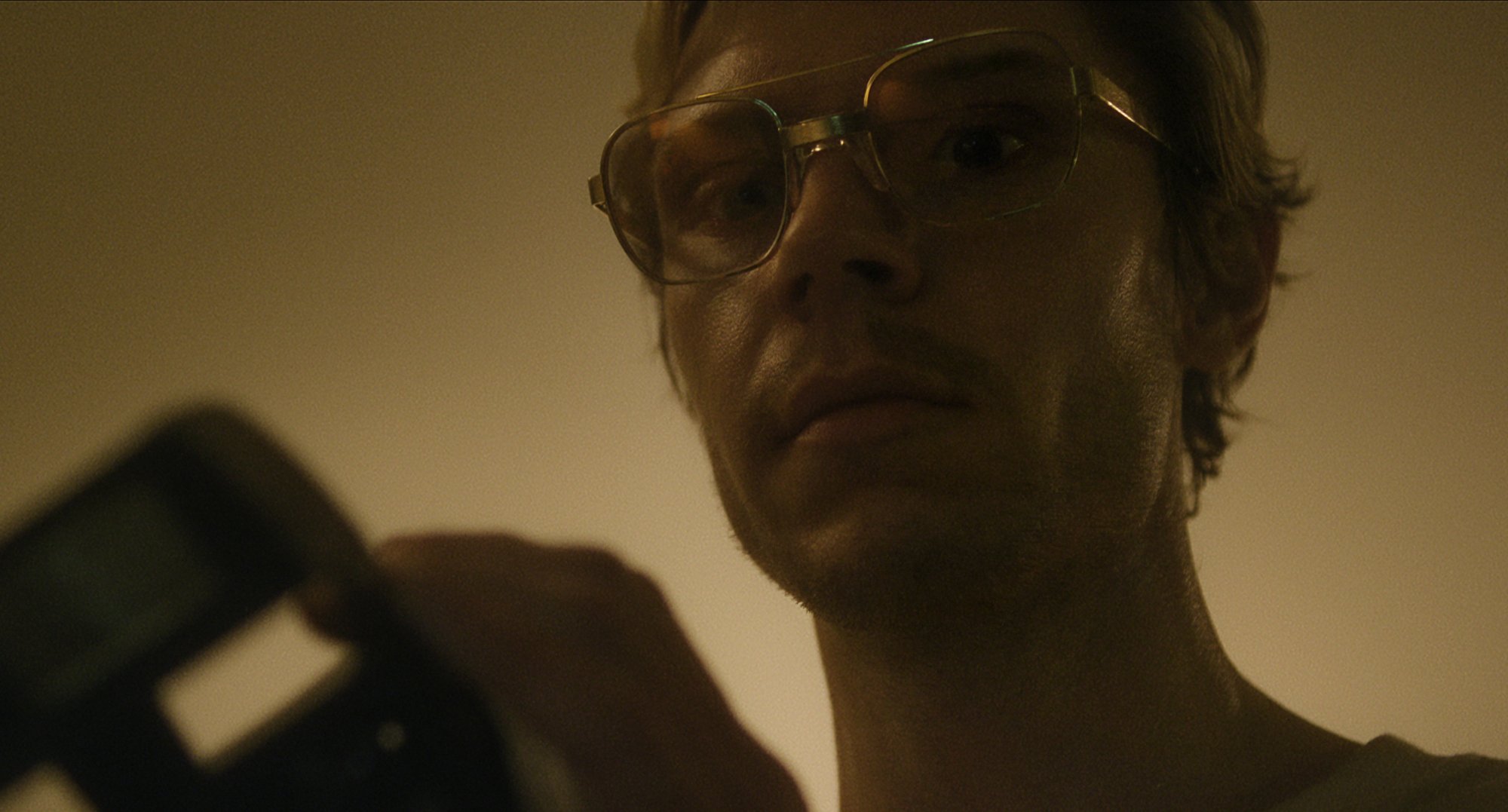
‘DAHMER — Monster: The Jeffrey Dahmer Story’: What Was the Killer’s Modus Operandi?
America’s worst serial killers have become the topic of many popular documentaries and series. Netflix‘s DAHMER — Monster: The Jeffrey Dahmer Story takes viewers into the twisted story of Milwaukee’s cannibal serial killer with a gruesome Modus Operandi. Dhamer went undetected for years due to a lack of police intervention, but was it also due to how he killed and disposed of his victims?
[SPOILER ALERT: Spoilers ahead regarding DAHMER — Monster: The Jeffrey Dahmer Story.]
‘DAHMER — Monster: The Jeffrey Dahmer Story’ details how the killer started his horrible path
The Netflix series starring Evan Peters gets into the nitty gritty of how Dahmer began his horrendous killer path, starting from his childhood. While Dhamer had a seemingly normal childhood, his parents went through some difficulties. His father realized his son was not like the other kids and looked for a way to capture his interests. In return, it led to a young Dahmer being fascinated by taxidermy.
Dahmer’s father thought nothing of it, encouraged his son, and helped refine his skills. But in reality, Dahmer’s growing mind soon became enthralled by the dead, brutality, blood, and more. DAHMER — Monster: The Jeffrey Dahmer Story explains that his first two victims were killed by accident in a fit of rage. But once getting a taste, Dahmer started to develop his Modus Operandi using what he learned as a child and his growing sexual fantasies.
Jeffrey Dahmer developed a Modus Operandi that led to 17 victims
There was no denying that Dahmer knew he was different and had twisted fantasies. At some point, he realized he was sexually attracted to men but did not necessarily shy away from it. His fantasies and desires toward men soon became the reason for his victim selection. DAHMER — Monster: The Jeffrey Dahmer Story portrayed parts of his Modus Operandi. According to Marie Claire, Dahmer’s method of murder was often the same.
He would lure men from the local gay bar back to his apartment to take photos in exchange for money. It became Dahmer’s best shot of enticing his victims after a bit of flirting and drinks. But the real horror began in Dahmer’s apartment. He would drug his victim’s drinks enough to hinder them.
As seen on multiple occasions in the Netflix series, Dahmer would watch movies with them to get himself in the mood before strangling his victims. What he learned from childhood would be an integral part of his Modus Operandi. Knowing taxidermy, Dahmer would dismember the bodies into pieces. He would preserve the skulls of his victims using chemicals or acid. In his interviews with police, he would have vats of acid in his apartment filled with body parts to dissolve the flesh from bone.
Dahmer was also a known cannibal with experience removing organs and flesh thanks to his taxidermy hobby. He would also commit inexplicable sexual acts with the bodies and skulls. Unlike some killers, Dahmer rarely disposed of his victims. Instead, he preserved as many bones as possible, took photos, and kept them in his apartment. This explained his neighbor’s complaint of the horrid smell from his apartment.
‘DAHMER — Monster: The Jeffrey Dahmer Story’ showed a glimpse of one of the killer’s Modus Operandi methods
Besides the gruesome acts Dahmer would commit on his victims, DAHMER — Monster: The Jeffrey Dahmer Story portrayed one aspect of his Modus Operandi. Dahmer was also known for committing lobotomies on some of his victims. “He would also drill holes into their skulls while they were alive and inject acid into the open holes, in an attempt to create his own ‘sex zombies,'” explains Marie Claire.
Audiences saw this method in the Netflix series with Dahmer’s youngest victim, 14-year-old Konerak Sinthasomphone. While drug-induced, Dahmer told Konerak of his plans to perform a lobotomy and inject him with water mixed with acid. Konerak later gained consciousness while Dahmer was away and managed to escape. But due to police negligence, they returned Konerak to his eventual death.


